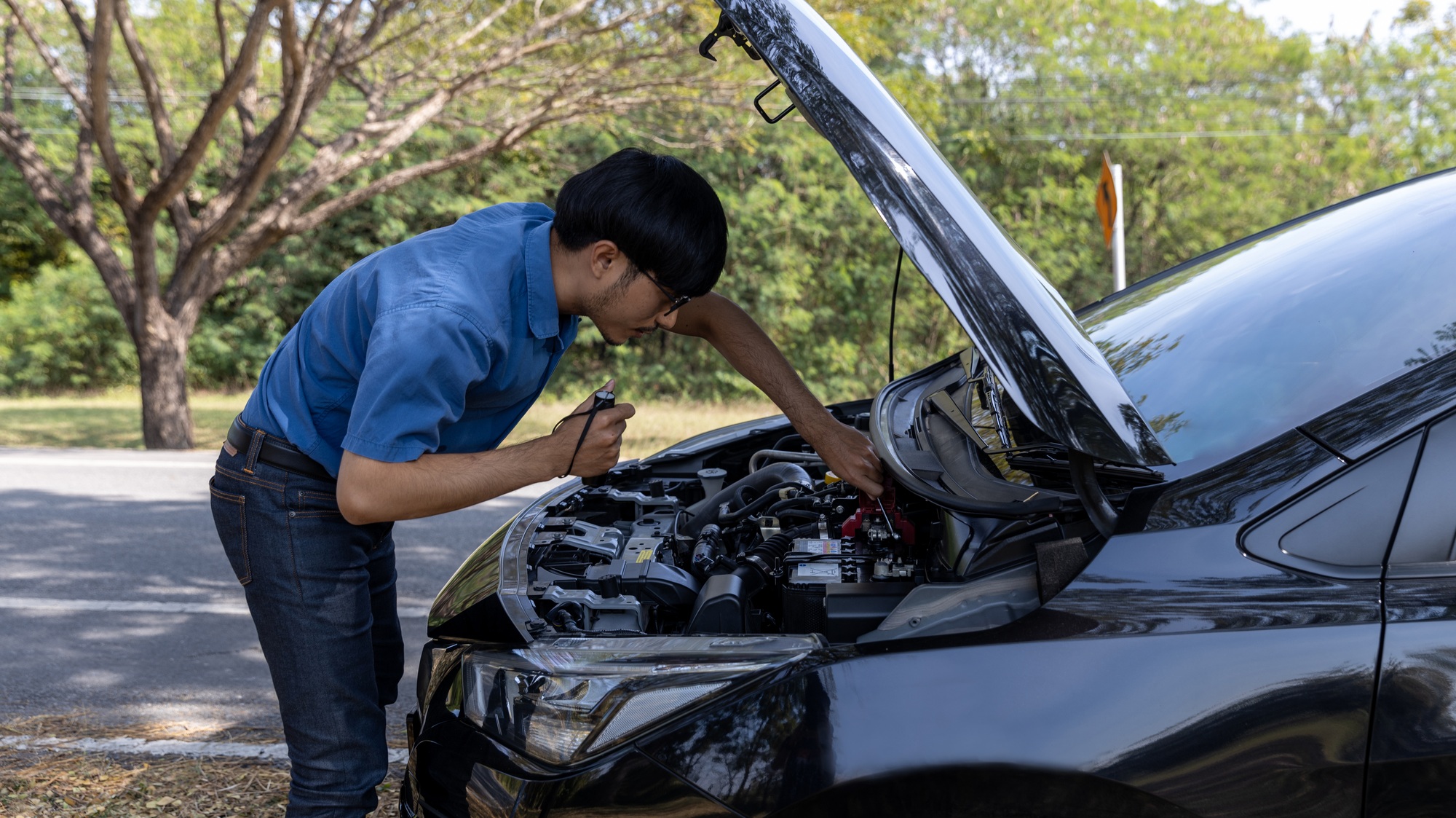A dead car battery is one of the most common roadside issues that drivers face. Whether you’re in a hurry to get to work or stuck in an unfamiliar location, knowing how to safely jump-start a dead car battery can save you time, money, and stress. In such situations, from flat tyre assistance near you to jump-start help, quick solutions matter most. A proper jump-start can quickly restore your car’s power, but doing it incorrectly can damage your battery, electrical system, or even cause personal injury.
Crossroads Helpline offers the best solution for jump-starting a dead battery with professional assistance, ensuring your vehicle gets back on the road without risks. For reliable help, opt for our professional car battery jump-start service available across major locations. However, if you decide to jump-start your car yourself, following the correct procedure is essential. In this guide, we’ll walk you through the safest steps, necessary precautions, and common mistakes to avoid when performing a car battery jump-start.
Understanding Why Your Car Battery Died
Before learning how to safely jump-start a dead car battery, it’s essential to understand why your battery has lost charge. Here are some common causes:
- Leaving headlights or interior lights on overnight.
- Battery ageing (typically lasts 3-5 years).
- Cold weather conditions, which can reduce battery performance.
- Alternator issues preventing proper charging.
- Loose or corroded battery connections.
- Frequent short drives that don’t allow the battery to recharge fully.
If your battery frequently dies, consider getting it checked or replaced to avoid repeated jumpstarts.
What You Need to Jump-Start a Car Battery?
To successfully perform a jump-start, you’ll need the following items:
Tools Required:
| Item | Purpose |
|---|---|
| Jumper Cables | Transfers power from one battery to another. |
| Another Vehicle (or a Jump Starter) | Provides the charge needed for a jump-start. |
| Safety Gloves | Protects your hands from sparks or corrosion. |
| Safety Glasses | Shields your eyes from any accidental sparks. |
Ensuring you have the right equipment can prevent damage to your car’s electrical system.

Step-by-Step Guide to Safely Jump-Start a Dead Car Battery
Step 1: Position the Vehicles Correctly
If you’re using another vehicle for the jump-start:
- Park the functioning vehicle close to the dead car but not touching.
- Turn both vehicles off and remove the keys.
- Engage the parking brakes to prevent movement.
If using a portable jump starter, place it near your car, ensuring cables can reach the battery.
Step 2: Locate and Identify Battery Terminals
- Open the hood and find the battery terminals.
- Identify positive (+) and negative (-) terminals.
- If terminals have corrosion, clean them with a dry cloth or a wire brush.
Step 3: Connect Jumper Cables in the Correct Order
Incorrectly connecting the cables can result in sparks, battery damage, or even explosions. Follow this precise order:
- Attach the RED (positive) clamp to the dead battery’s positive terminal.
- Connect the RED (positive) clamp to the good battery’s positive terminal.
- Attach the BLACK (negative) clamp to the good battery’s negative terminal.
- Connect the BLACK (negative) clamp to an unpainted metal surface on the dead car (not the battery terminal) to prevent sparks.
Step 4: Start the Working Car
- Turn on the functioning vehicle and let it run for about 2–5 minutes.
- This allows the dead battery to receive an initial charge.
Step 5: Start the Dead Car
- Try turning on the car with the dead battery.
- If it starts, let it run for at least 15-20 minutes before driving.
- If it doesn’t start, wait another 5 minutes and try again.
Step 6: Remove the Jumper Cables Carefully
Disconnect the cables in the reverse order:
- Remove the black clamp from the metal surface.
- Remove the black clamp from the good battery.
- Remove the red clamp from the good battery.
- Remove the red clamp from the dead battery.
Step 7: Let the Car Run and Drive
- Keep your car running for at least 30 minutes to allow the battery to recharge.
- If possible, drive around to help the alternator charge the battery faster.
Crucial Safety Tips to Keep in Mind
- Avoid sparks by ensuring clamps do not touch each other.
- Check battery condition if the car doesn’t start after multiple attempts.
- Do not jump-start a leaking or damaged battery; it may explode.
- Seek professional help if unsure about handling jumper cables.
Locked out of your car? We can help. Just a call away with emergency lockout assistance.
Preventing Future Battery Problems
- Regularly check battery terminals for corrosion.
- Turn off lights and accessories when exiting your vehicle.
- Drive at least 20-30 minutes after a jump-start to recharge fully.
- Consider keeping a portable jump starter for emergencies.
Also, regular maintenance checks and emergency car repair services can help avoid breakdowns due to deeper mechanical issues.
Conclusion
Knowing how to safely jump-start a dead car battery is a vital skill for any driver. Whether you’re stuck at home or on the road, following the correct procedures can save you time and prevent damage to your vehicle. If you’re ever unsure or need assistance, Crossroads Helpline provides professional jump-start services to get you back on the road quickly and safely. Stay prepared, keep jumper cables in your car, and maintain your battery to avoid unexpected failures. Whether it’s a dead battery or running out of fuel, our fuel delivery for stranded drivers ensures you’re never stuck for long.
Revive Your Car in Minutes! Follow These Easy Steps to Jump-Start Your Battery.

